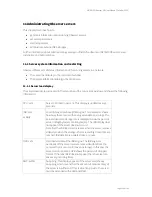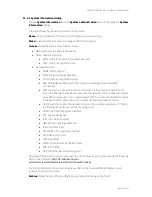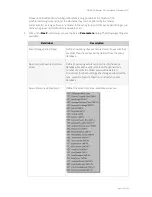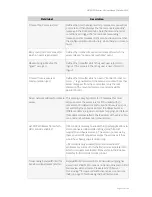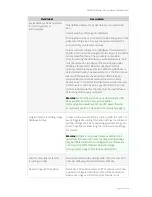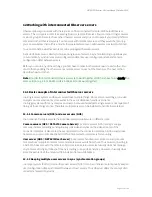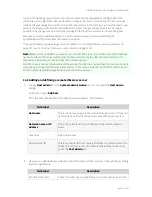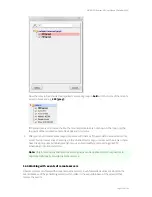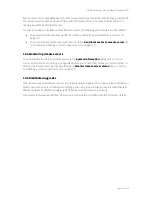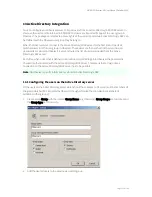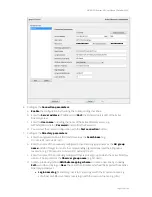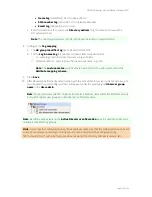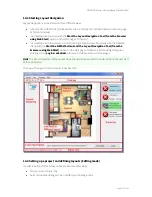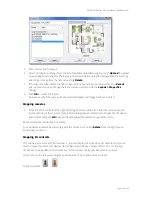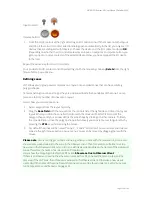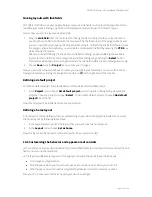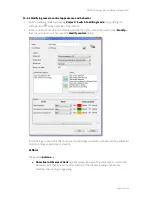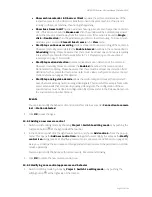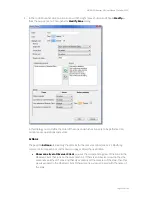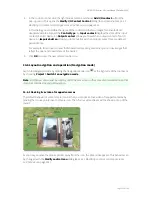
NETAVIS Observer 4.6 User Manual (October 2015)
Page 121 of 204
Event entries in the event database of remote servers look the same as local events, they just start with
the remote server’s name and not with the name of the local server. The same kind of search and
listing is available as with local events.
In order to receive events from another Observer server, the following prerequisites must be fulfilled:
The servers must know of each other (
12.2 Adding and defining a remote Observer server
on
page 117)
The server that exports events must have the option
Send local events to remote server
set
(
12.2 Adding and defining a remote Observer server
on page 117)
12.5 Monitoring remote servers
You can monitor the status of remote servers in the
System information
dialog (see
11.1 Server
system information and restarting
on page 108). Before you can do that you have to tell your server to
monitor the remote server by checking the option
Monitor remote server status
(see
12.2 Adding
and defining a remote Observer server
on page 117).
12.6 Distributed upgrades
When there are several Observer servers in a network upgrading servers to a newer release of Observer
one by one can be a very cumbersome and time-consuming task. In order to ease this task, Observer
offers an automatic distributed upgrade of all interconnected servers in a network.
Please refer to the manual
NETAVIS Observer Server Installation and Administration
for further details.


